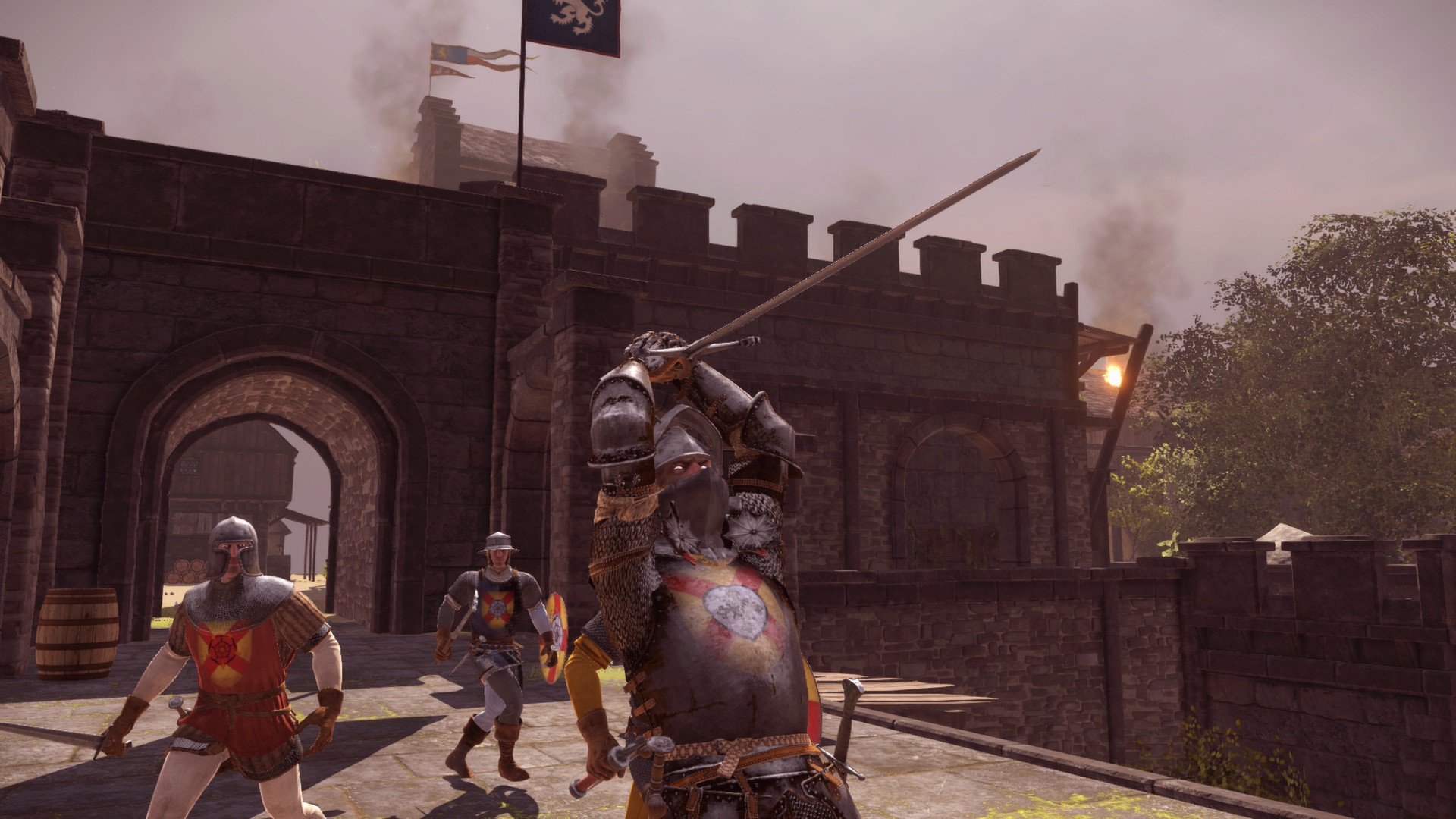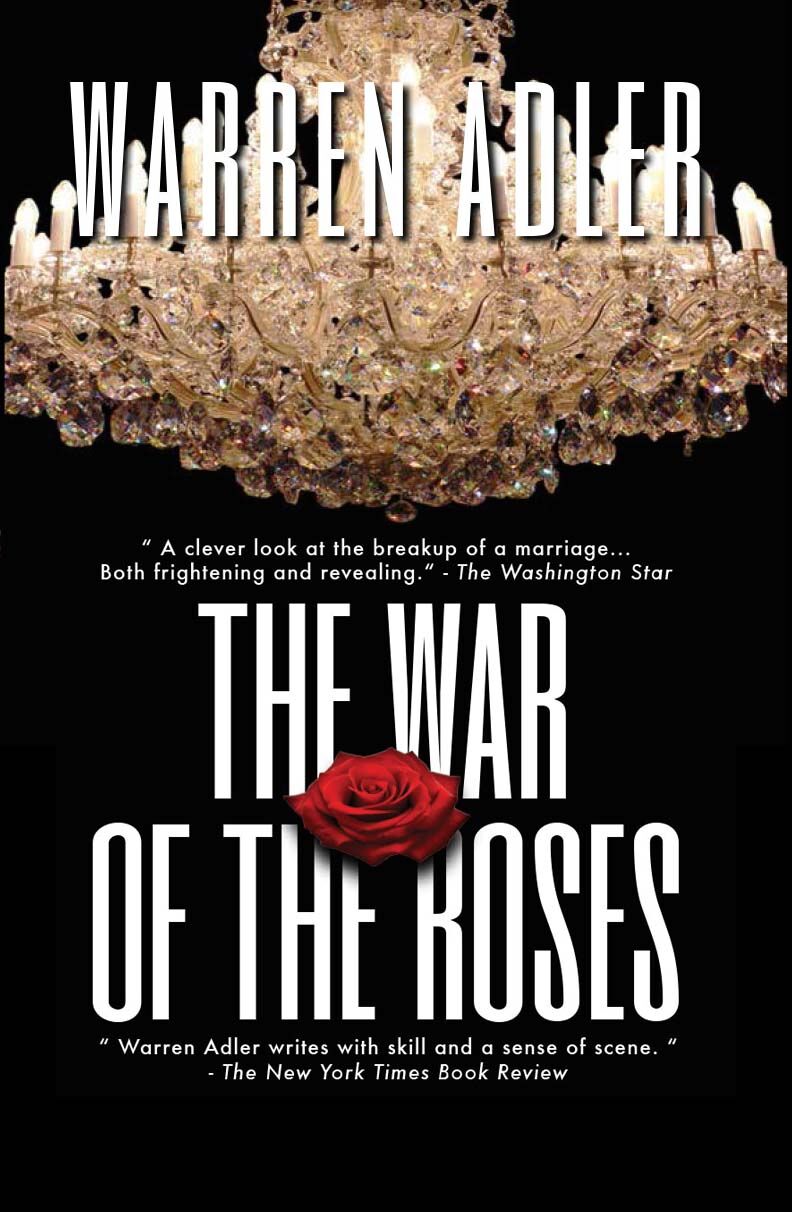

Some men died with more than 20 wounds to their head: the signs of frenzied slaughter by men whipped into a state of barbaric bloodlust. Skulls later found on the battlefield showed the most horrific injuries: faces split down the bone, heads cut in half, holes punched straight through foreheads. On Edward’s orders, no mercy was shown in victory.

Behind them, defeat became a devastating rout. With men dying in their thousands, the Lancastrian line dissolved by mid-afternoon, and the leaders took flight. The imagery would be familiar to any viewer of Game of Thrones: Here’s one historian’s account of what followed after the Lancastrians – the eventual winners of the war – began to beat a panicked retreat at Towton. The battle of Towton in 1461, for example, is considered the bloodiest single clash to have taken place on British soil, with the hacked and smashed remains of forgotten men-at-arms still being exhumed by archaeologists. The dramatis personae includes no giant-winged dragons or ice zombies but does feature rival claimants to the throne, a succession of weak or villainous monarchs, dashing princes whose lives were cut short before their time, scheming “protectors of the realm” and plotters across the “Narrow Sea”.īeyond the cast of characters, though, Game of Thrones draws upon another dominant theme in the Wars of the Roses: its sheer, inescapable brutality. The video charts the bloody, complicated feuding between two prominent royal houses – that of York, represented by a white rose, and Lancaster, represented by a red one (to this day, the historic counties of Yorkshire and Lancashire in northern England are associated with those colours). George RR Martin, the author of the bestselling fantasy novels that inspired the television show, says that though his tale of medieval intrigue and war draws from a range of historical sources, it clings “closest” to England’s 15th-century Wars of the Roses, a series of dynastic civil wars that lasted three decades. A new video by TED-Ed, the education initiative of the ideas-driven nonprofit, situates the story of HBO’s hit series Game of Thrones in its proper historical frame.


 0 kommentar(er)
0 kommentar(er)
